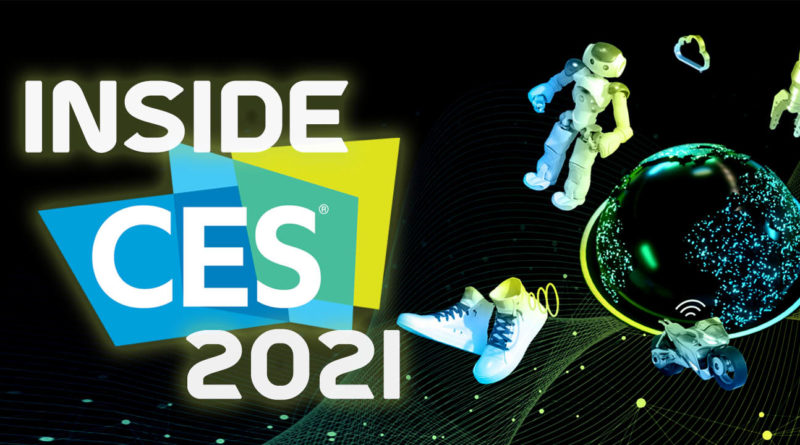Inside CES 2021: Virtual Edition
Formerly known as the Consumer Electronics Show, the annual conference of all things tech took place entirely digitally this year as the COVID pandemic continues to make social distancing a priority. CES 2021 featured a number of VR and AR devices and experiences, some of which deserve a closer look and maybe even a little praise. Many of the devices and services revealed at CES 2021 may take some time to hit the virtual shelves of your favorite App store or online retailer, but they’re helping 2021 shape up to be another exciting year in the growth of VR tech.
New Headset, New You
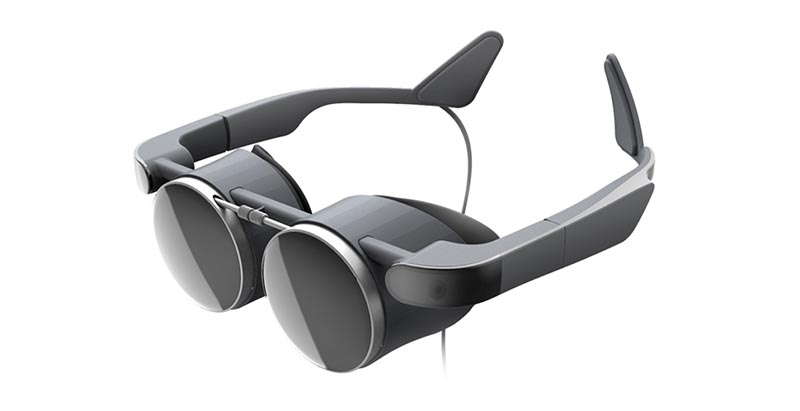
Among the newly unveiled VR and AR headsets and viewers seen at CES 2021 were brand new concepts, prototypes, and finished products from HP, Vuzix, and Lenovo, among others. Standouts included Panasonic’s as-yet unnamed VR glasses, which offer High-Dynamic Range (HDR), dual 2.6K micro-OLED panels, adjustable IPD and diopter, and 10-bit color control, all handled by a lone 1.3” chip.
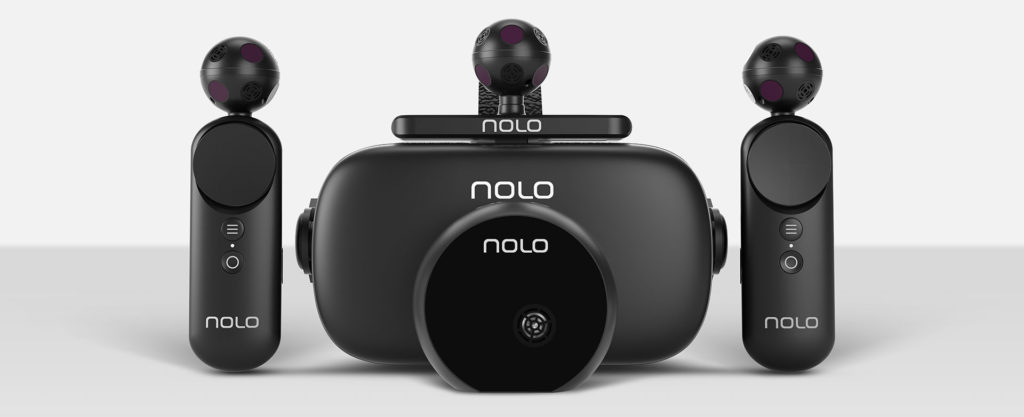
Chinese manufacturer Nolo unveiled a 6DoF standalone VR headset this year, the Nolo X1 VR, featuring SodarTraq positioning tech, a dual-camera SLAM solution for hand and head tracking, and a sleek black design. As a standalone unit, Nolo’s latest joins with the Nolo CV1 Pro motion tracking kit and “utilizes smartphone technology and high-speed in-home broadband to stream cloud VR content over a 5G or WLAN connection.” Although likely sticking to the Asian market, Nolo’s new offering sure did grab virtual attendees’ attention.
Feeling the Force of VR

Haptic devices were another prominent showing at this year’s CES. VR gamers, engineers, training facilitators, and more are keen to engage with VR via haptic feedback systems, and CES 2021 provided more than a couple to consider. SenseGlove Nova claims to be a glove-based force-feedback system that can be donned in just five seconds. Giving virtual objects a real-world presence and weight, SenseGlove Nova is aimed primarily at the training and enterprise markets but still bodes well for gamers and general VR use.
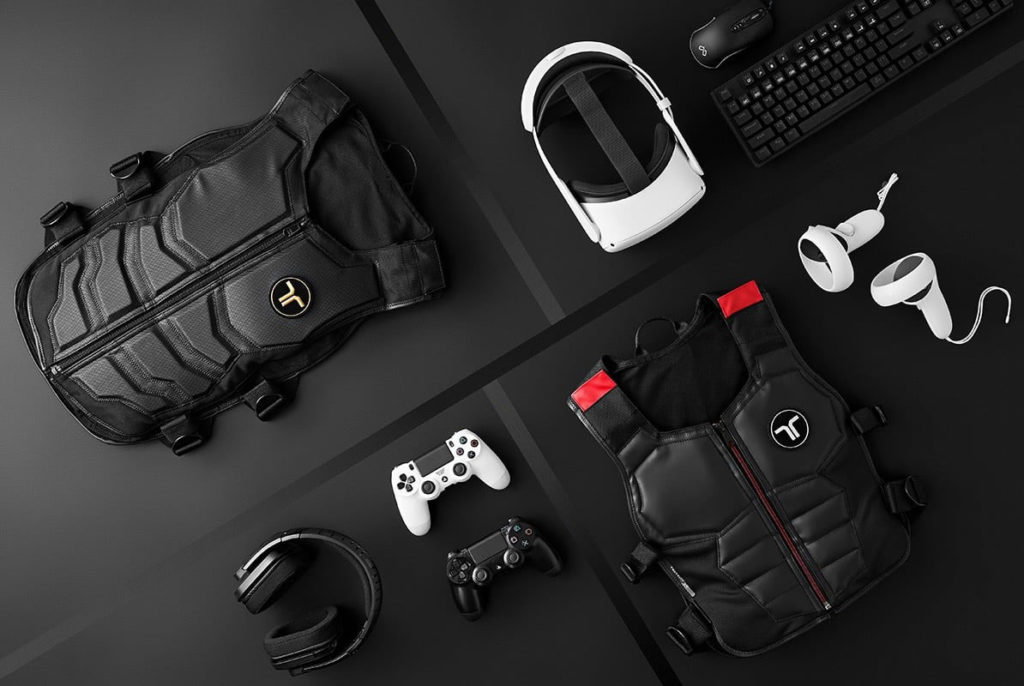
Aimed more squarely at serious physical training, intense physical gaming, bHpatics’s newly announced wireless vests, masks, gloves, and arm shields form a full-body haptic setup as aesthetically imposing as it is technically impressive. Using Bluetooth for connectivity, the TactSuit X16 and X40 models – the numbers indicate the quantity of vibration points – range in price from $299 to $499 and present one of the strongest haptic solutions for VR gamers yet.
A Gateway to New Experiences
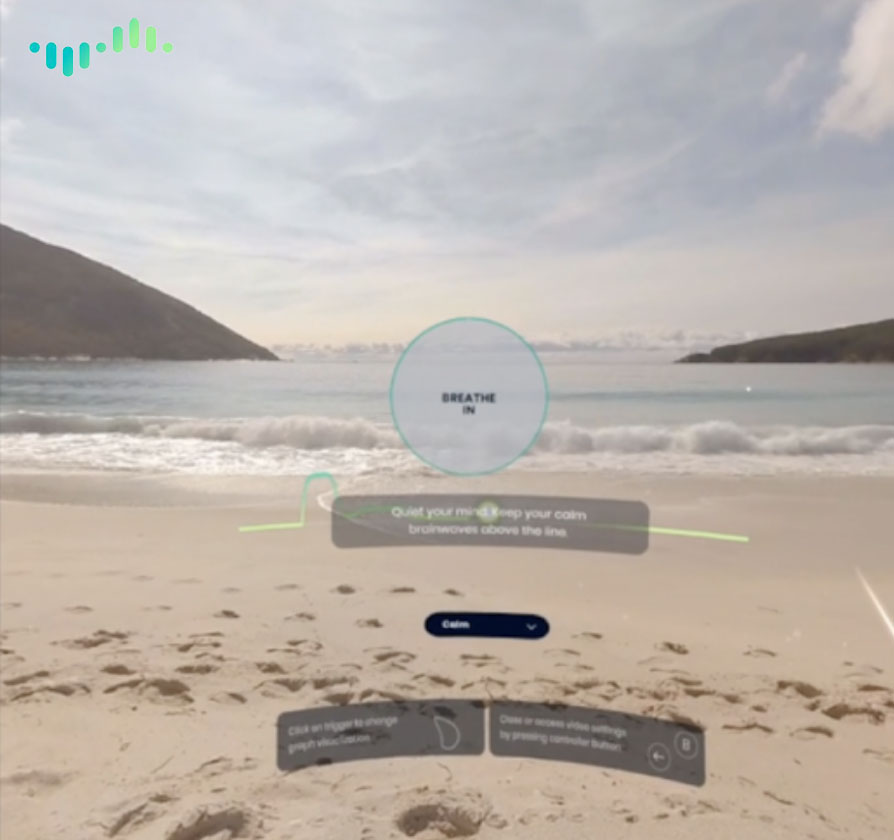
HEALium, winner of the Proctor & Gamble Ventures Innovation Challenge winner, has developed a self-care, pseudo-meditation, mental-health app that, quite frankly, might leave some people confused. Allowing users to enter VR worlds and “biometrically alter their virtual environment through emotions and subsequently decrease their own stress,” HEALium allows users to “heal” their virtual environment while encouraging positivity, and mental and emotional wellness. If that’s not a much-needed VR development for the COVID era, what is?
Well, how about a virtual concert experience tailored not the YouTube streams or Zoom calls but VR tech itself? Sony has teamed up with 21-year-old singer-songwriter Madison Beer to create a “immersive reality concert” set for release later this year. Shot in a studio with the star in a motion-capture suit, the performance will digitally land Beer at Sony Hall in New York City, dress her in a range of costumes, place her before a virtual audience, and allow Playstation VR and Oculus users to virtually attend the show. Such events are likely to only become more commonplace as the world adjusts to a COVID-era and (hopefully) post-COVID way of life. With in-person socializing still off-limits to many – or at least considered a very risky practice – VR is poised to offer users a huge range of advantages, augmentations, and improvements to their everyday lives.
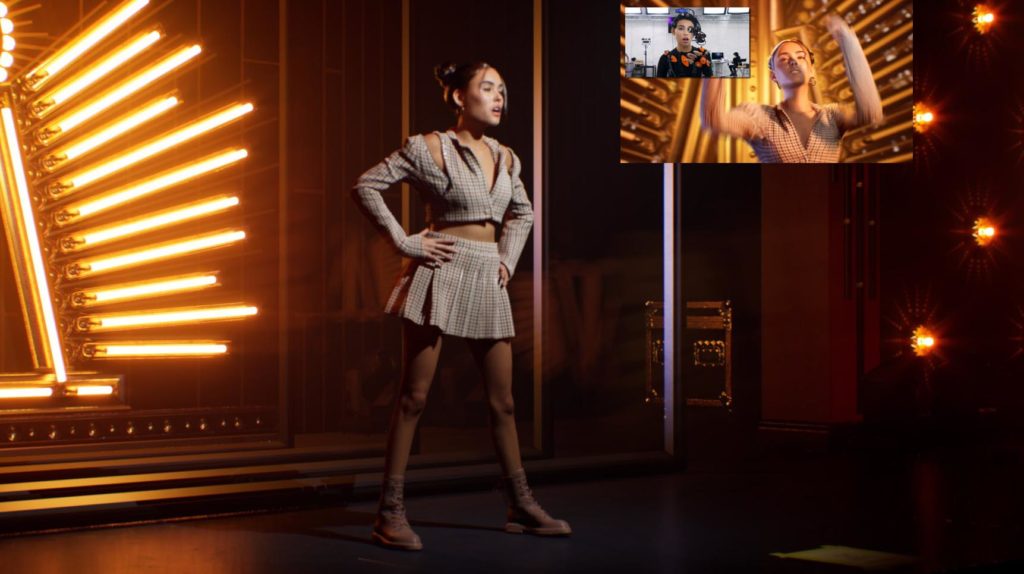
Such events are likely to only become more commonplace as the world adjusts to a COVID-era and (hopefully) post-COVID way of life. With in-person socializing still off-limits to many – or at least considered a very risky practice – VR is poised to offer users a huge range of advantages, augmentations, and improvements to their everyday lives.

